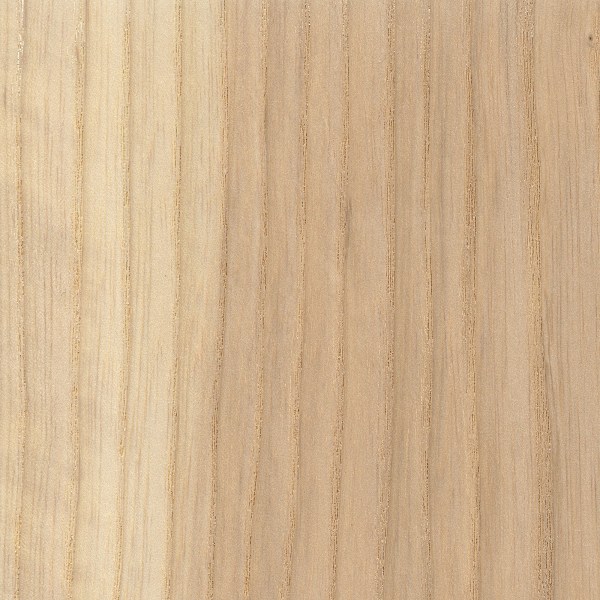The emerald ash borer (Agrilus planipennis), believed to have been inadvertently introduced from Asia sometime in the 1990s, was first detected in Michigan in 2002. Lacking natural predators, uncontrolled populations of this invasive species spread very rapidly throughout North America, devastating local populations of ash trees. The beetles’ larvae bore into a tree and feed on the inner bark, eventually killing the entire tree. The insects are responsible for the deaths of hundreds of millions of ash trees across the United States and Canada. Green Ash and Black Ash trees are preferentially attacked by the insects, followed by White Ash and Blue Ash.
White Ash has excellent shock resistance, and along with hickory (Carya spp.), it is one of the most commonly used hardwoods for tool handles in North America—particularly in shovels and hammers where toughness and impact resistance is important.
When stained, ash can look very similar to oak (Quercus spp.), although oaks have much wider rays, which are visible on all wood surfaces—even on flatsawn surfaces, where they appear as short, thin brown lines between the growth rings. Ashes lack these conspicuous rays.
Wood Info from Copyright © 2008–2022 Eric Meier. https://www.wood-database.com




